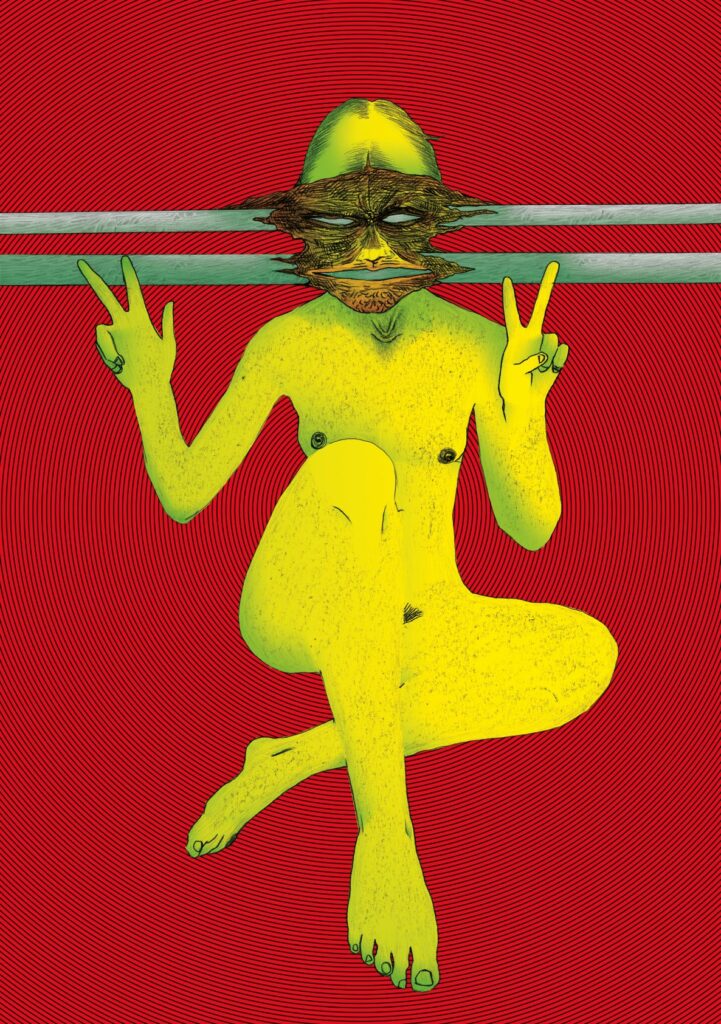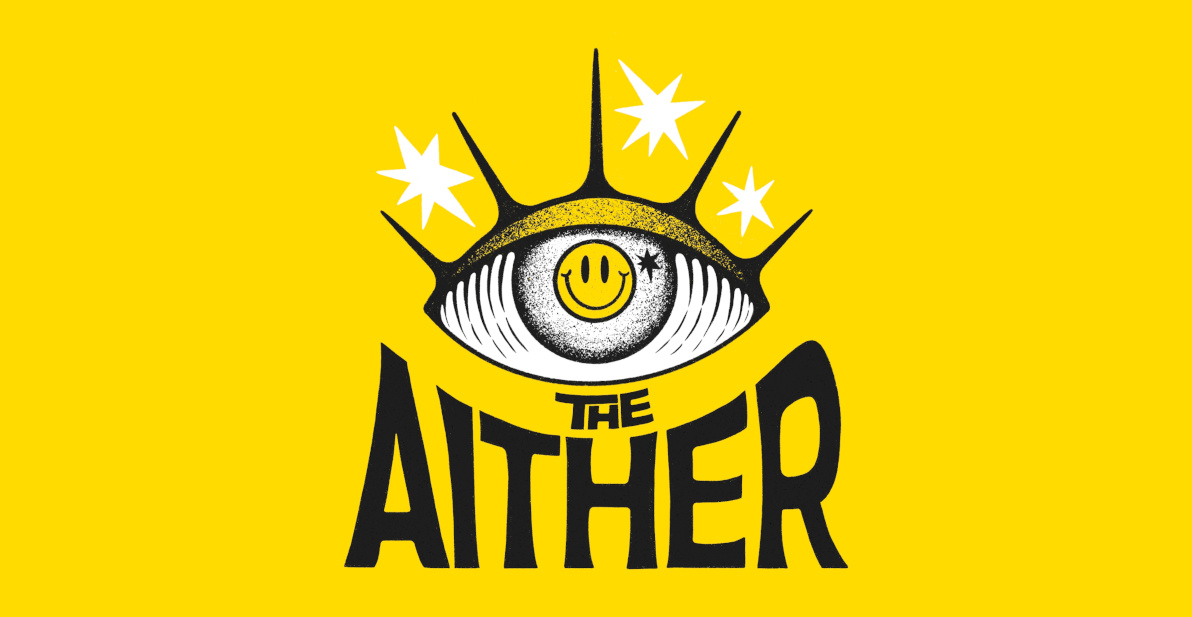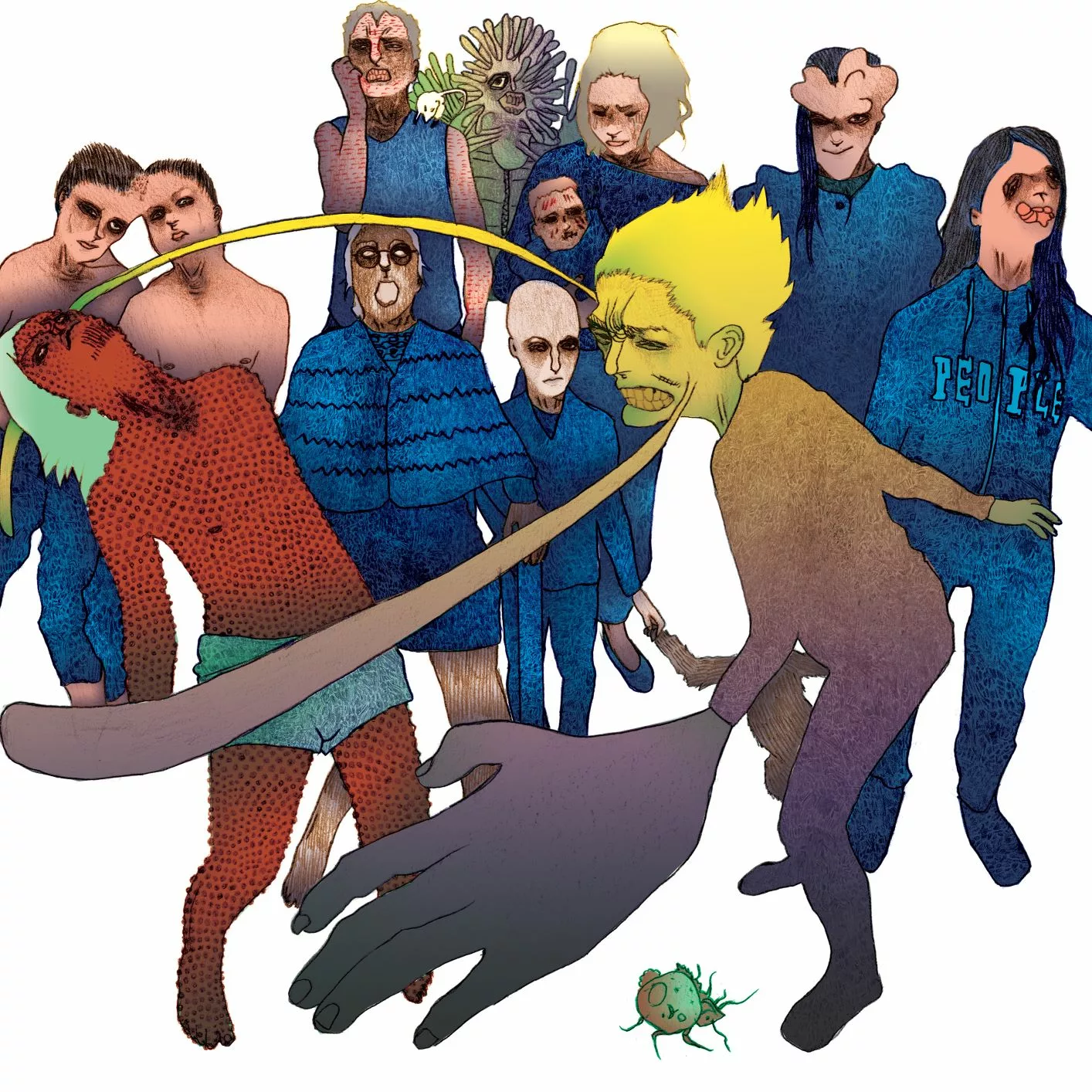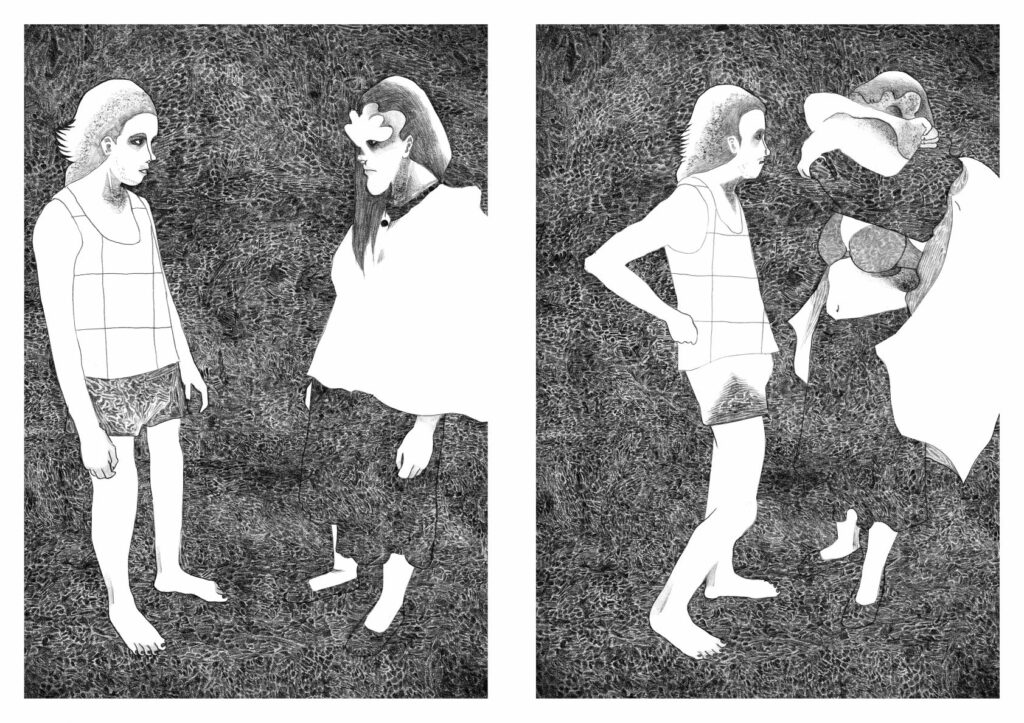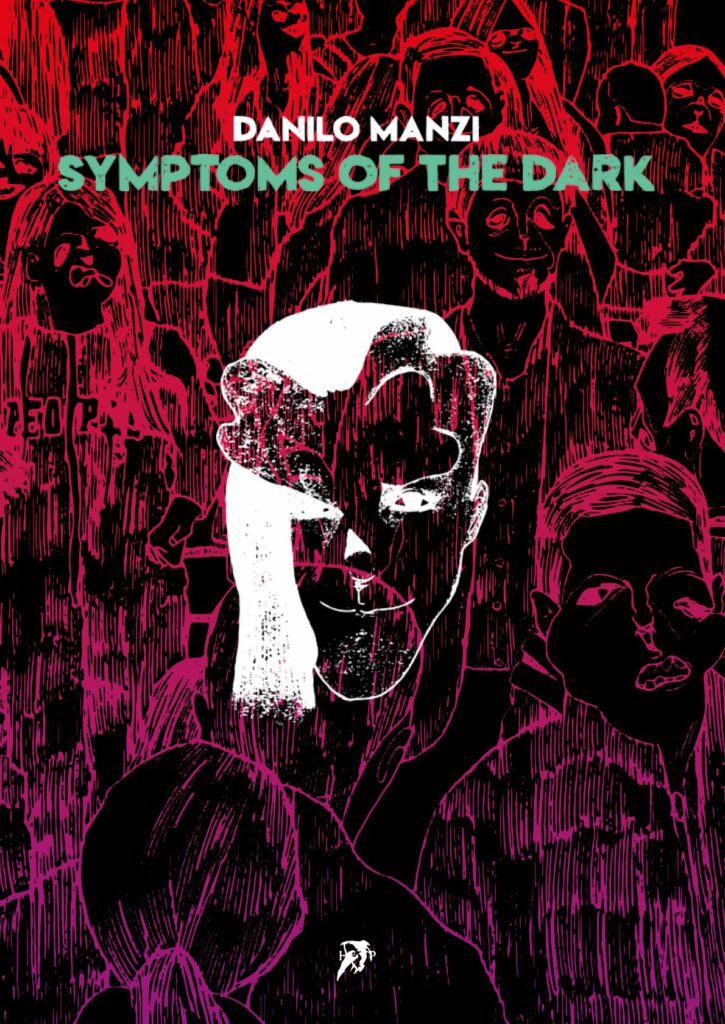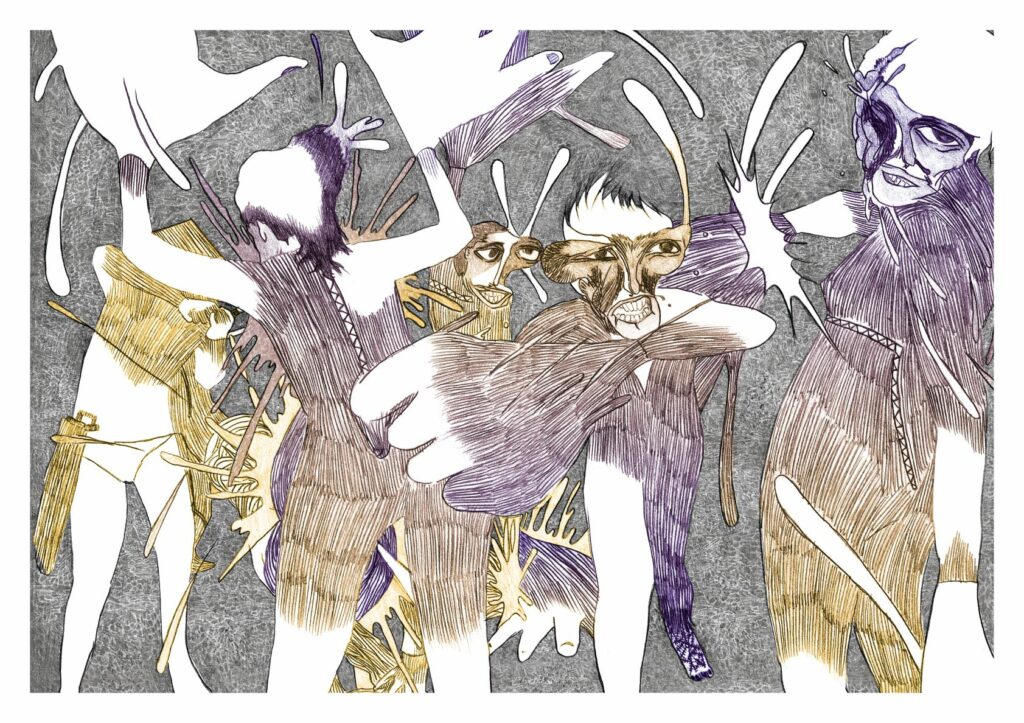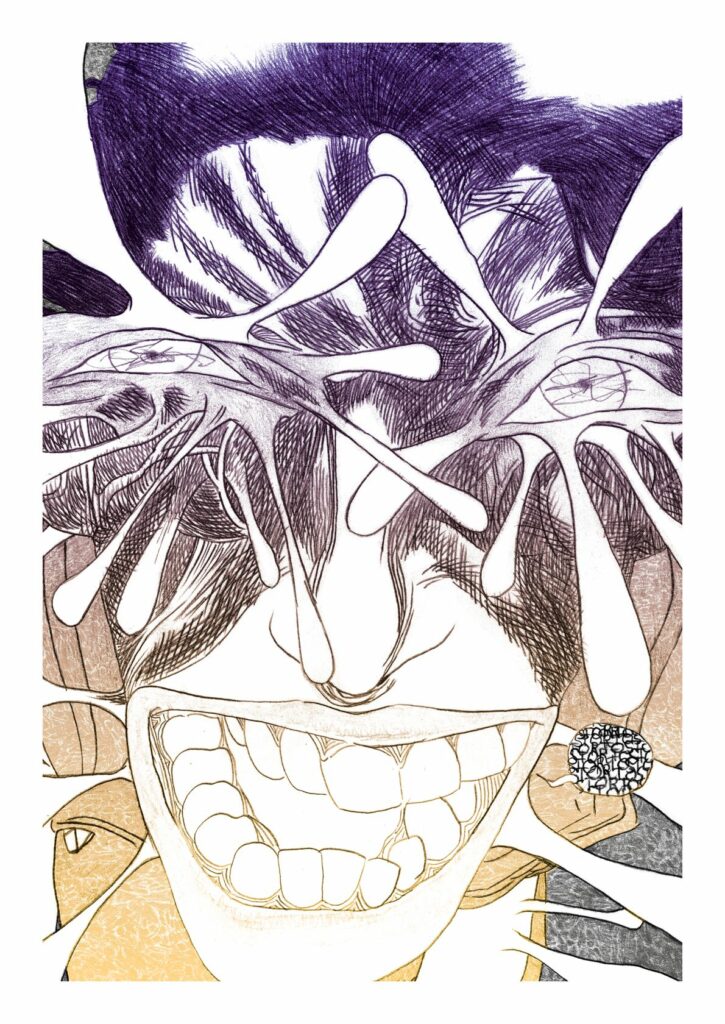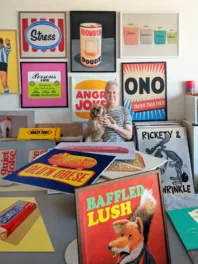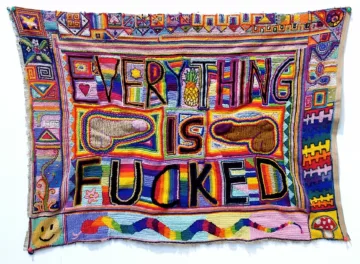Exploring the horrors of the human body, entropy of both body and mind, Italian artist and comic maker Danilo Mazni’s work reflects a nightmarish world of uncertainty.
Complemented by a strong and unique visual style, Manzi’s work is as captivating as it is disturbing.
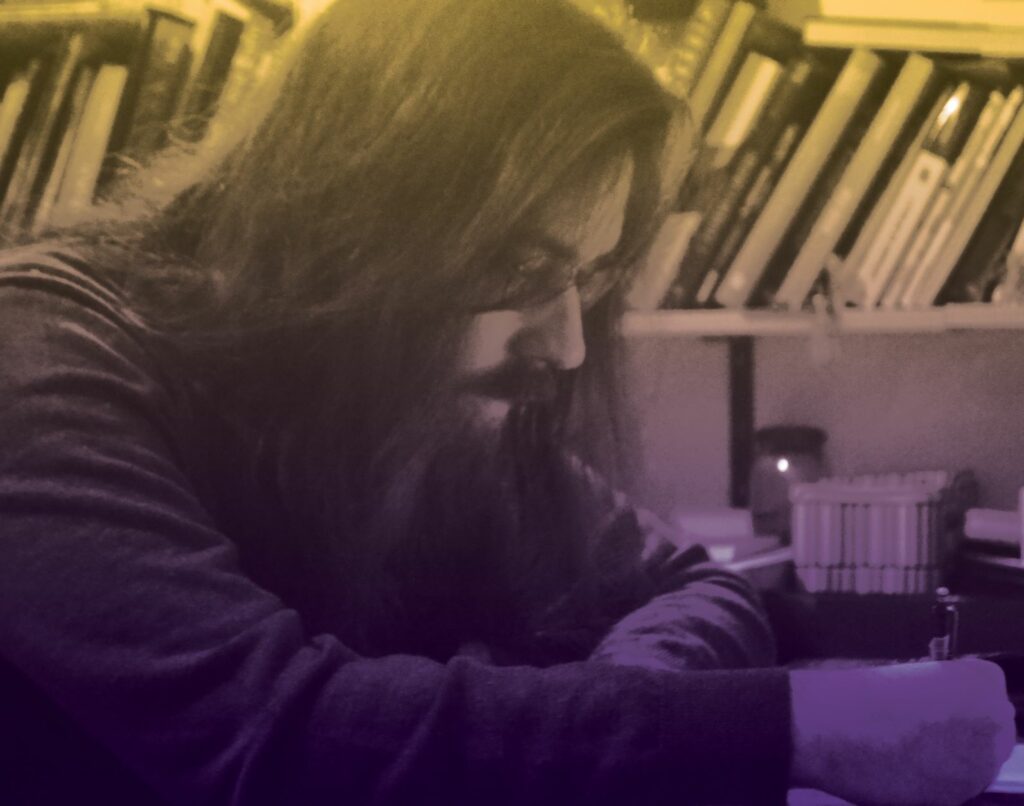
Through Hollow Press out of Italy, Manzi has published four titles, Infetto, Junko, Symptoms of the Dark and Crooked.
After having a chance to review Crooked, we reached out to Danilo to ask him about his inspirations, fears and future plans.
You can read our interview with Adam, below…
Please share with us some details of your life?
I was born and grew up on the Amalfi Coast, which is a tourist destination in Italy.
My mother is employee and my brother too, while my father is a former worker at a paper mill. He used to bring home books about to be destroyed, at times also comics. So I’ve always been surrounded by books, beautiful and ugly ones.
My favourite book is the Italian edition of “Shinkiro Kitan” by Leiji Matsumoto.
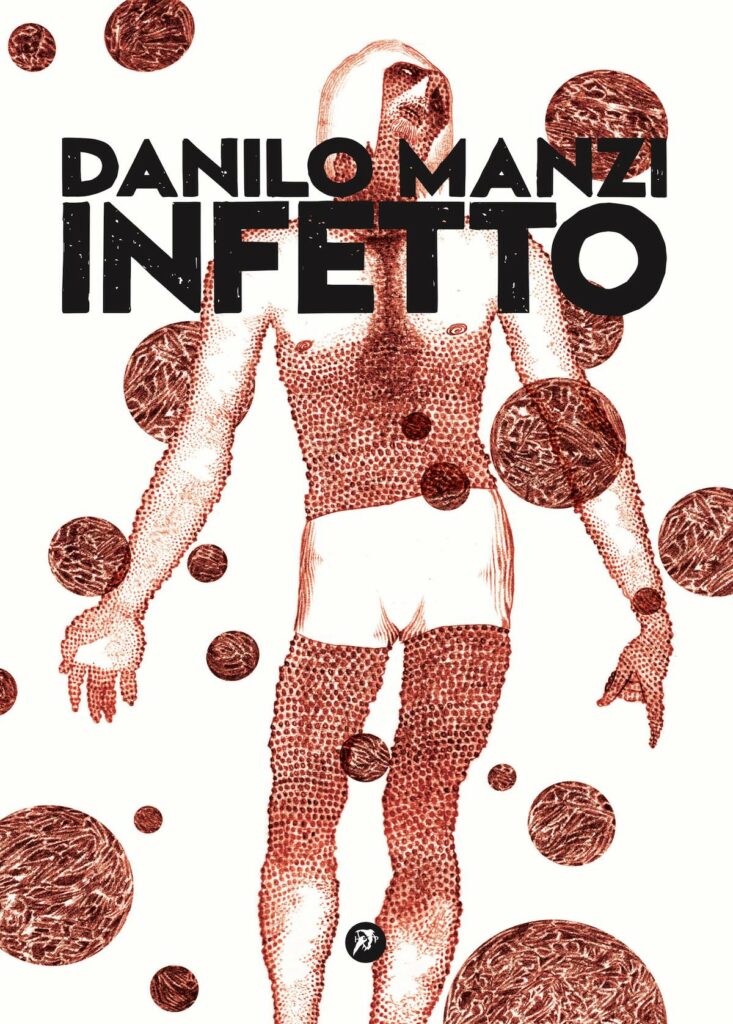
Personal motto(s)?
“A common belief is true only for those who share the common belief.”
My brother heard me utter this sentence at night, in my sleep.
Who knows what my unconscious mind was revolving around.
When and why did you first start to create in a considered manner?
I’ve been drawing ever since I can remember. I wanted to make comics since I was in second grade. But I believe my first good works date back to 2009 and 2015.
At that time, I attended the Academy of Fine Arts and I began to create short stories (some of them for self-funded artist collectives).
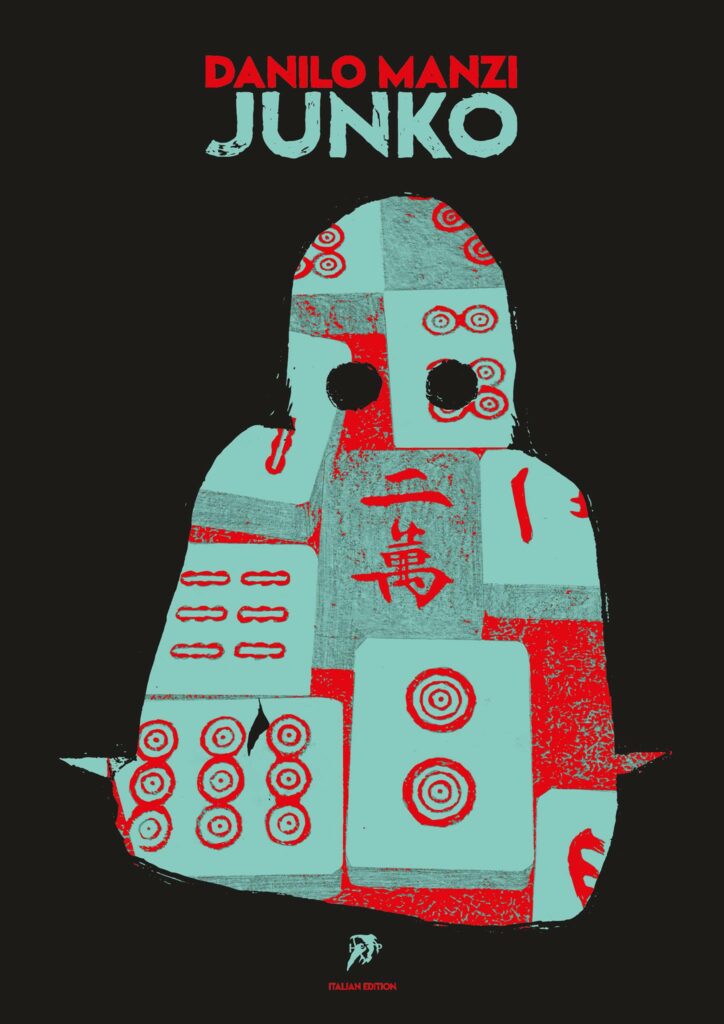
Please describe the usual process involved with producing your art and narrative work?
I usually sit in front of my laptop. Or I may think while lying in bed, staring at the ceiling.
Next images come to my mind – actually, they might even pop into my head while I’m doing anything else.
I think of a context, and imagine the setting for a tale. At this point, I outline the story and try to figure out how many pages I will need for the whole tale.
Afterwards I write the treatment, i.e. I write the story scene by scene. I also write down the number of pages required for each scene.
Then I focus on the storyboards of the first scene (these are very rough drafts) and I write the script for the first scene.
I pass it to someone close to me for a quick check. Then it’s time to start drawing.
Another quick check.
Finally, I can move to the second scene, the third scene, and so on!
Favourite other writers and comic book creators?
Hard question to answer. I will mention just a few of them. The first one is Kazuo Umezu, a japanese horror master. I appreciate how he stacks one after another mad and grotesque ideas in highly dramatic contexts.
Generally speaking, I love j-horror such as Hideshi Hino, Nishioka Kyodai (brother and sister duo), Suehiro Maruo…
Of course, Charles Burns. I don’t think there are essential comics, that must be absolutely read, but Black Hole is almost a must. And Miguel Angel Martin, for his blend of sheer detachment in drawing and utter ruthlessness in narration.
Also José Muñoz, for his expressive and emotional feature and use of black and white.
I want to mention three more authors I grew up with, though they are hardly seen in my comics, three absolute masters of italian comics: Massimo Mattioli, Sergio Toppi and Benito Jacovitti.
How do you think the perception of graphic novels and comics have changed over the years?
I think it has hardly changed.
As fans, we all feel close and linked as a part of a whole now, whereas in the nineties and in early 2000 a little guy like me might have felt alone. Now it’s different. It seems there are more of us, and that’s marvelous.
Still, when you talk about comics out of the circle, you will come across with fake smiles and some pat words (maybe on superhero movies).
The term “graphic novel” is a label that adds a touch of maturity, but in the end it’s only comics (obvs I mean the outside perspective).
Anyway, it doesn’t really matter, because as I said before it’s much easier now to share and exchange ideas with other enthusiasts.
What drove you to explore themes like sickness and deformity?
What scares you more, the degradation of the body or of the mind?
I have always had a strong interest in body horror even before I knew it was a thing. Since I was a child I had been fascinated by all the stories about metamorphosis that I could find in Goosebumps, or about characters with powers and the same aesthetic in the anime (for example, I freaked out when I saw for the first time the oldest of Toguro’s brothers using his power in Yu Yu Hakusho!)
I have always been interested in diseases, as well. I don’t know whether I can call it hypochondria, or not, but often I misunderstand my body’s signals and I get obsessed with them.
I don’t think it’s because I am scared, since often i don’t even do anything about it. I know I overdramatise. However, I think I am afraid of mental decay as well.
In “Crooked” the characters that appear normal by our standards, are deemed the defects. Why did you choose to make the more familiar forms the outcasts?
Simply because I wanted to prevent the readers from making naive judgements about it, such as “monster” vs “human.” For the same reason, the story begins with the homunculus’ and not with the crooked’s point of view.
Moreover, I wanted to avoid the worn out ” we are the real monster” cliché. After all, homunculus are not senseless zombies. In both parties there are negative characters. Then, even without realising it, we all think that human being is the top of the animal kingdom. If someday there was a new evolved being, this would consider us as imperfect, incomplete.
By the way, homunculus and crookeds are member of the same species: crookeds are born from the homunculus and the concept of evolution seems to be connected mainly to hybrids.
You can see that because, although the homunculus are clearly physically superior, the two parties are actually equal. The homunculus have what we can call a perfect communicatuve process: they can listen to whichever thoughts of their counterparts and it makes them empathetic and connected to each other. Yet, there is a problem, the crookeds learnt how to lie and thanks to their small hands they became skilled and creative in weapons crafting.
In conclusion, if we consider the crookeds as the “defective ones”, it is just because we look at the story from the homunculus’ point of view.
A majority of your work has been published through Hollow Press, can you discuss how that connection came about?
In 2016 I tried to get all the volumes of Shintaro Kago and I found out that the Hollow Press, born in 2015, has exclusive rights to some of these volumes. Besides Kago, I also got two volumes of U.D.W.F.G (In them there was a M.A Martin’s work, I already knew and appreciated him for his short stories and for Brian the Brain), the Tetsupendium Tawarapedia by Tawaraya (I know her thanks to the Hollow press).
Then, at a comic exhibition I got even Sheball by Paolo Bacilieri, another great artist, so I decided to introduce myself to the Hollow Press.
I took one of their business card and I sent them the first 60 pages of Infetto. Michele Nitri (editor: Michele is the founder of Hollow Press) immediately contacted me to find out the ending of the story. From that point, our collaboration and friendship began.
I think that an author who wants to work with an editor of a catalogue, should be first of all reader of that catalogue.
Would you rather find yourself trapped in a film by David Cronenberg or David Lynch?
Such a difficult decision.
I would go with Lynch.
It’s too difficult to live happily in a Cronenberg ‘s world. Regarding Lynch’s world, it’s like rolling a dice. It could be for the worst. It could be for the best. I could live amazing, dark, but happy-go-lucky metaphysical oddities.
What are the top 3 items you own?
When I was attending the Academy, I bought a sketch book with a quite strong paper. The idea at the beginning was to use it as a sort of diary, with some illustrations here and there. However, after having used a page or two, I found it annoying, so I erased everything, keeping just few words I created some cryptic illustrations, using oil colors and oil bars.
I think I lost inhibitions in drawing and in creating narrations, since I have used this sketch book.
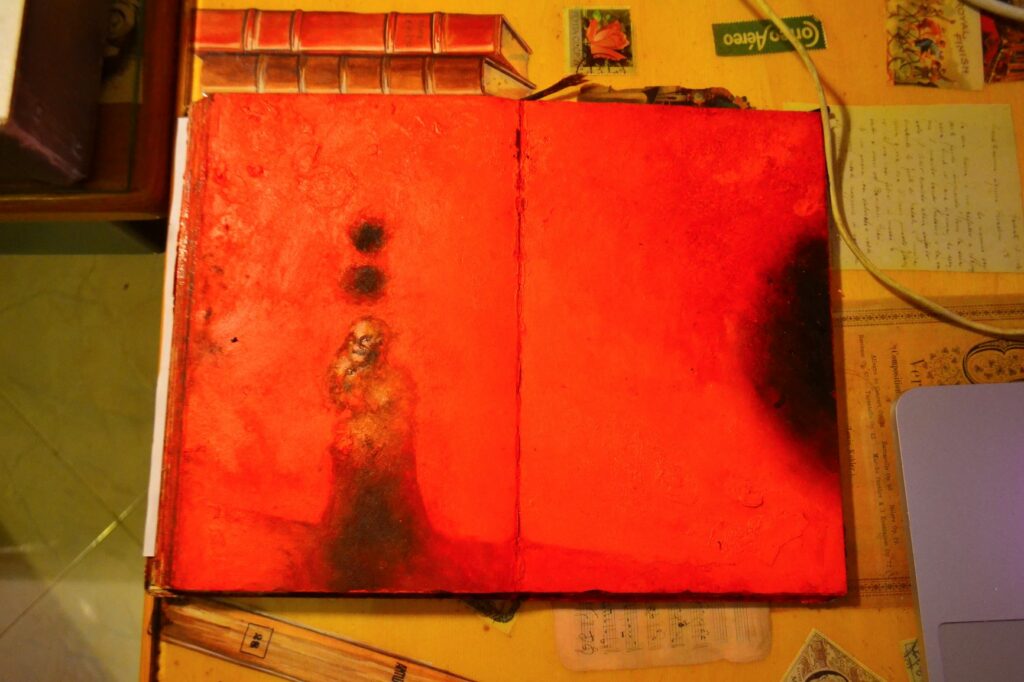
What about the other two?
Dunno, a pencil I have always with me since I started working on Infetto and a pencil case a lady gave me.
Any projects you want to hype?
Regarding my projects, we will release a journal about Crooked, with description by Iore of the world, along with some illustrations in colors. I am also working on other projects (one of them with another Hollow Press’ author), and I hope they will be good.
Regarding others’s projects, two amazing Italian authors, Vincenzo Filosa and Paolo Bacilieri are working on a project described as a mix between a gegika manga with the style of Golgo 13 and a 70’s Italian pulp magazine. I know both and I am sure they will create something incredible.
Then I am waiting that Denpa Publisher will continue releasing in English Gambling Apocalypse Kaiji by Nobuyuki Fukumoto, the pandemic stopped them, so for now they have published just the first volume in December.
If people wanted to work with you, have a chat or buy something – how should they get in touch?
You can contact me whenever you want via my social network or sending an email to danilo.manzi90@gmail.com.
Feel free to contact me, I will be happy to answer.
Otherwise, if you are interested in my projects with Hollow press you can visit their website www.hollow-press.net
…or send an email to undergroundwatcherofnighland@gmail.com!
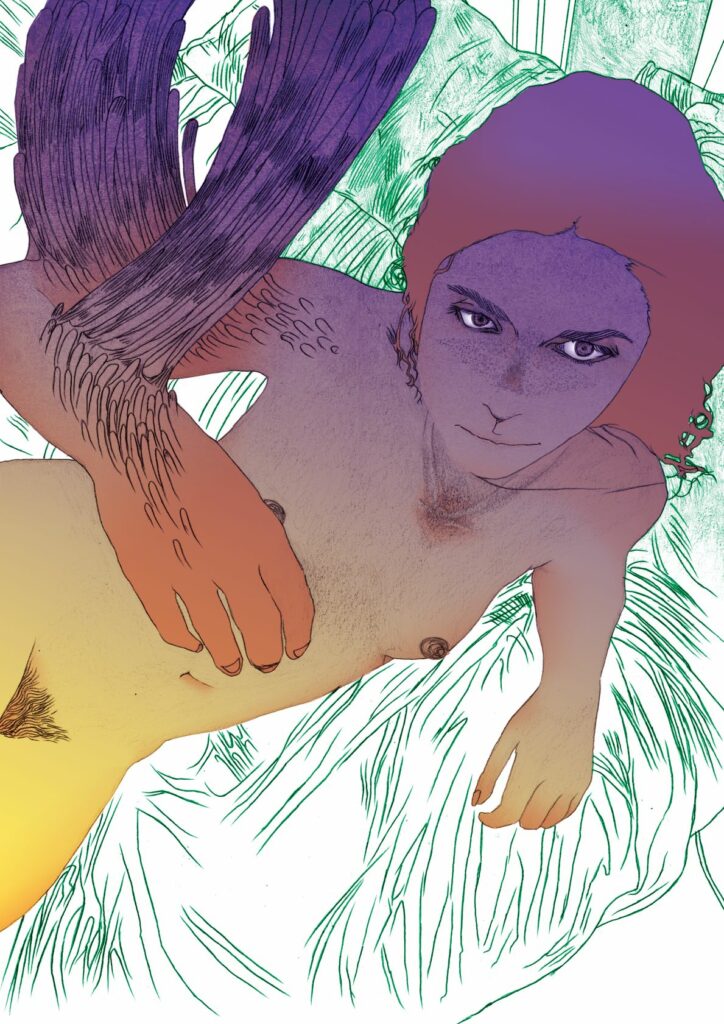
Links
- Danilo Manzi – Instagram
- Danilo Manzi – Email: danilo.manzi90@gmail.com
- Hollow Press – Danilo Manzi releases page
- Hollow Press – Website
- Hollow Press – Instagram
- Hollow Press – Facebook
- Adam Symchuk – Instagram
- Adam Symchuk – Facebook
- ‘The Aither’ – Crooked Review by Adam
